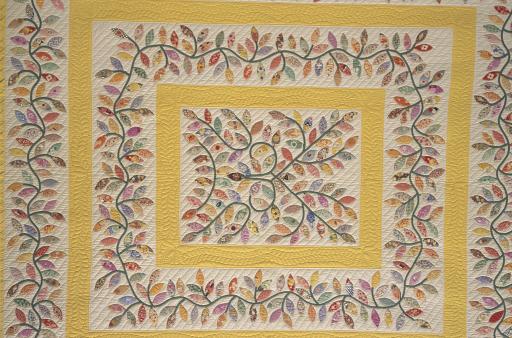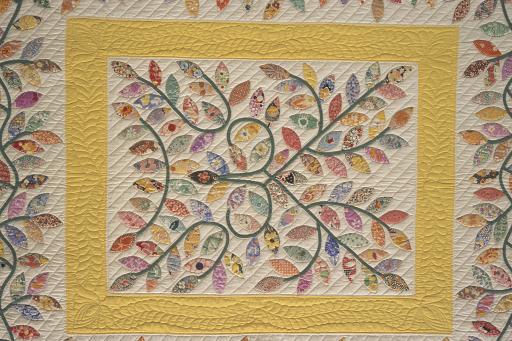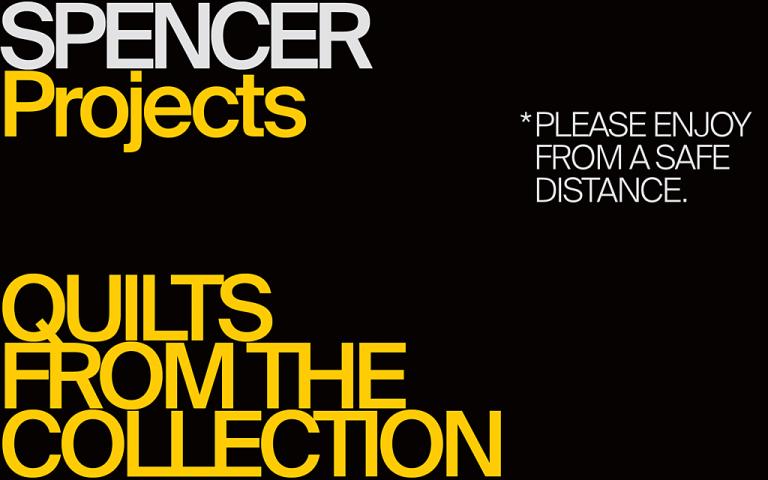Autumn Leaf quilt, Emma B. Roessler
Artwork Overview

If you wish to reproduce this image, please submit an image request
Images
Label texts
Exhibition Label:
"Quilts: A Thread of Modernism," Aug-2005, Debra Thimmesch and Barbara Brackman
Emma Roessler probably made this quilt after seeing an Autumn Leaf quilt win a large cash prize in a contest at the 1933 Chicago World’s Fair. The design, so innovative at the time, included many newly popular characteristics.
A good deal of plain white background harmonized with trends in interior decor. Bands of plain-colored pastels, a fabric rather scarce before 1925, contrasted with the scrappy dress prints and showed off the quilting. The edge is decorated with a series of folded triangles, another new trend, called Prairie Points today.
While many might guess that the small pieces and the variety of prints reflect hard times and a scarcity of fabric, quilts like this actually reflect an abundance of inexpensive cottons. The “scrappy” effect was quite important to mid-twentieth century quilt style, a design characteristic that may have been emphasized by marketing trends for selling factory cutaways, the leftovers from cotton clothing manufacture.
Quilters could obtain the look by relying on the
“trusty old scrap bag” as a designer at Topeka’s Capper’s Weekly wrote, but the paper also offered “special packages of quilt prints…25 different pieces…carefully wrapped in a cellophane package, clean, smooth and postpaid for 25 cents.” Many companies offered kits for the prize-winning quilt with each leaf die-cut of a variety of the new dress prints so popular in the 1930s.
The prints, like a good deal of design at the time, reflect both nostalgia and modernism. Some are reprints of “old-fashioned” calico florals while others are adaptations of Europe’s flat, stylized flowers in bright colors.






















